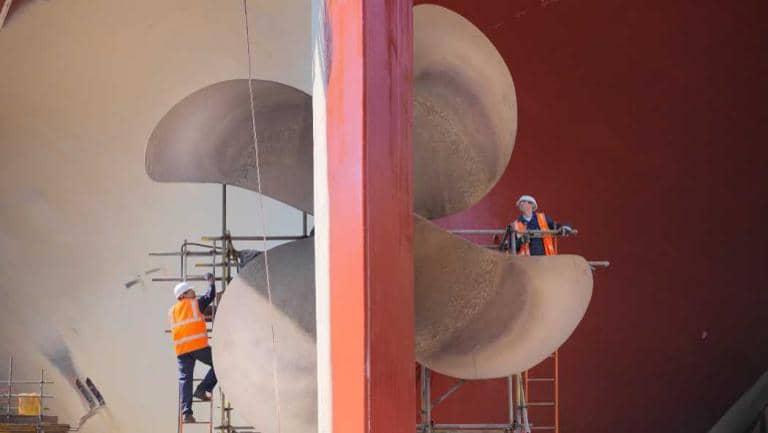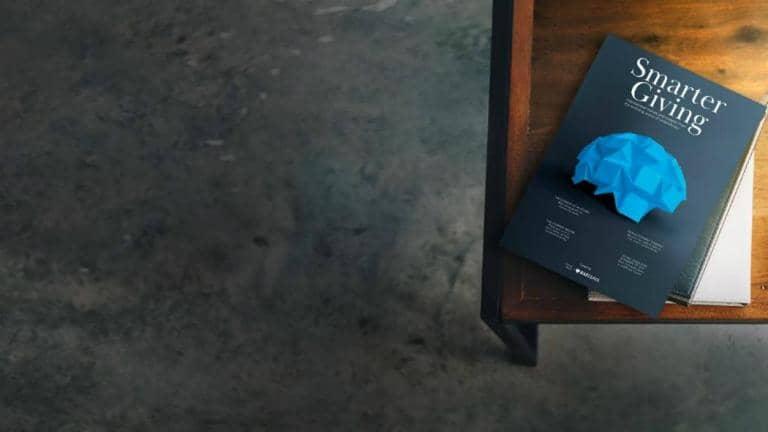Better transparency from both sides
According to a survey conducted by the Charity Commission for England and Wales, just over 50% of people trust charities. But that still means half of those surveyed regard charitable organisations with some degree of scepticism. Some of this may be the result of news reports on fraudulent philanthropic organisations or abuses of power.
However, just as there are examples of businesses behaving badly, that doesn’t mean the whole concept of business is tarnished. One man, Carlos Miranda, has a bird’s eye view of the relationship between donors and charities. In 2011, he founded I.G. Advisors, a strategic consultancy providing advice on philanthropy, corporate impact, and fundraising to organisations such as the Bill & Melinda Gates Foundation, UNICEF, and London’s Old Vic Theatre. As someone who works with both donors and fundraisers, he has a unique insight into the dynamic between the two.
Like many others involved in charity, Miranda believes that one way to develop better relationships between donors and charities is for the donors to carefully curate the sort of giving they engage in – and make sure they pick the right partner. “I think what’s changed now is that, when people care very deeply about a particular issue – or even a range of issues – you can tailor something that will help you move the needle on what you really, really care about.”
Miranda also acknowledges the tension between fundraisers and philanthropists – but thinks the best solution is better transparency on both sides. “The reality is that there is definitely a power dynamic. You cannot get around that – it’s there,” says Miranda. “However, what needs to happen is that donors need to see charitable organisations as professional partners.” Miranda says that when a philanthropist donates money to a particular cause, they need to specify exactly how they want that money to be used up front – and figure out ways they can have some assurance that their donation was activated appropriately.


